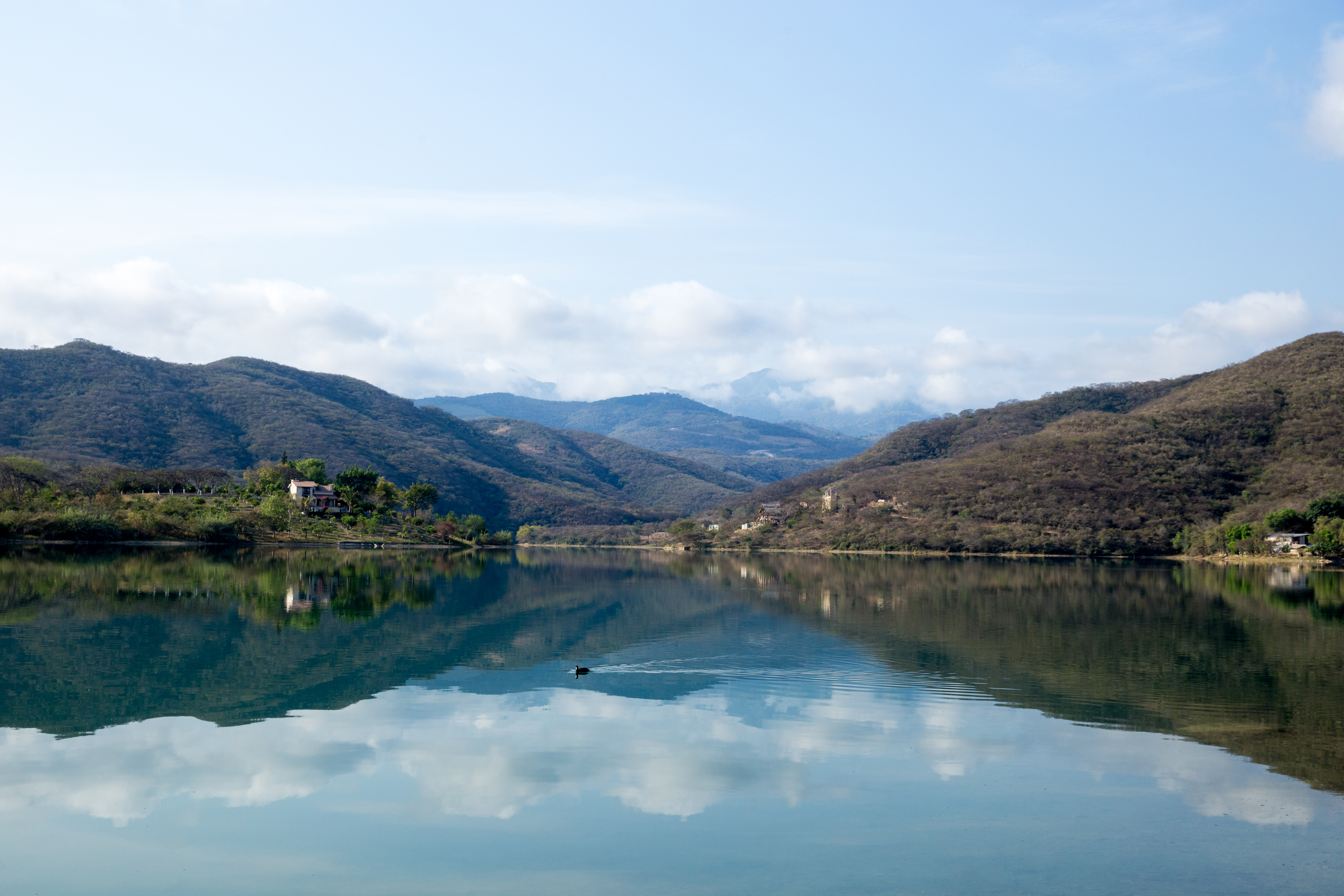

By Kianna Gardner / Cronkite Borderlands Project
Thursday, Oct. 12, 2017
LA SIERRA GORDA, Queretaro, Mexico – Martha Isabel ‘Pati’ Ruiz Corzo has spent her life fighting for the Sierra Gorda Biosphere Reserve, a national conservation area that covers one third of the central Mexican state of Queretaro.
“The Sierra Gorda is a national treasure,” says Ruiz, who was the federal director of the reserve for 14 years and now heads Grupo Ecologico, a nonprofit dedicated to its protection. “It is the last world preserve area in Central Mexico and a wildlife refuge that we judge sacred for life.”
The reserve includes nearly one-million acres of protected land where over 2,200 species of plants, mammals and birds have claimed sanctuary. Here, 10 of Mexico’s 11 ecosystems co-exist. It is delicate and beautiful.
Ever increasing numbers of people are coming to experience that beauty and, according to environmentalists like Ruiz, they can pose a major threat if not regulated carefully. But for ecotourism operators and some government officials, the reserve’s popularity is a much-needed boon to the local economy and an opportunity to build sustainable businesses.
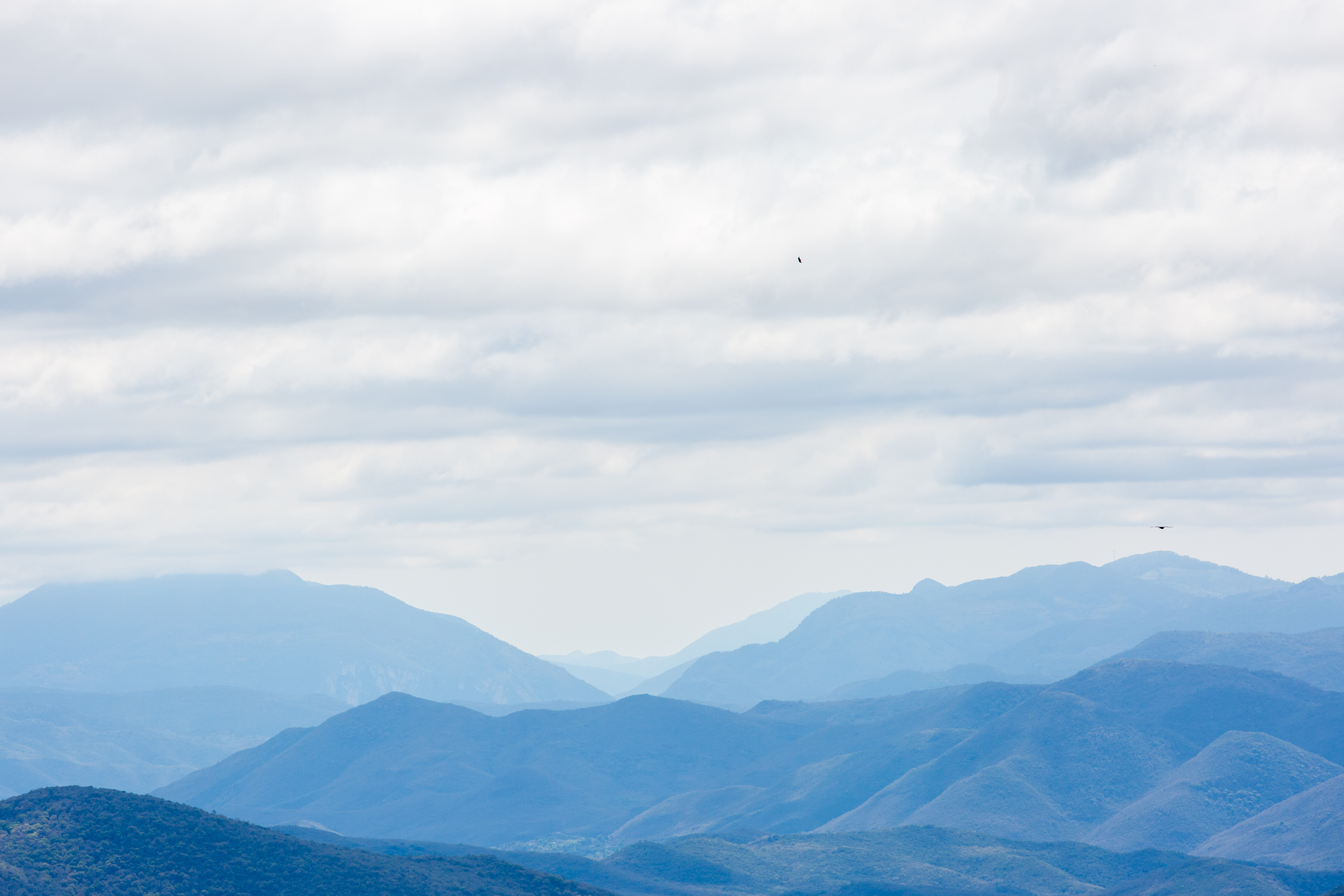
The picturesque mountain town of Jalpan de Serra – a gateway to the Sierra Gorda – is where the competing visions for the reserve collide.
Jalpan is a popular tourist destination. It boasts one the five Franciscan missions found within the biosphere. The mission, built in 1758, sits in the middle of the main plaza, bordered by old-world style buildings and cobblestone streets.
Environmental activists here are teaching residents to conserve natural resources and vying for government funding for their efforts. At the same time, tour companies are organizing increasingly popular all-terrain vehicle excursions, which environmentalists say are damaging river beds, flora and fauna. Local officials say they’ve been approached by developers who want to build a resort.
As these competing ventures move forward, it isn’t clear who is actually in charge of protecting the reserve or regulating activity within it.
“It’s like the Wild West,” said James Hopkins, a professor within University of Arizona’s Indigenous People Law and Policy Program. “There is no one single environmental enforcement agency in Mexico.”
The need for a clear set of rules has taken on a sense of urgency as more travelers flock to the biosphere each year.
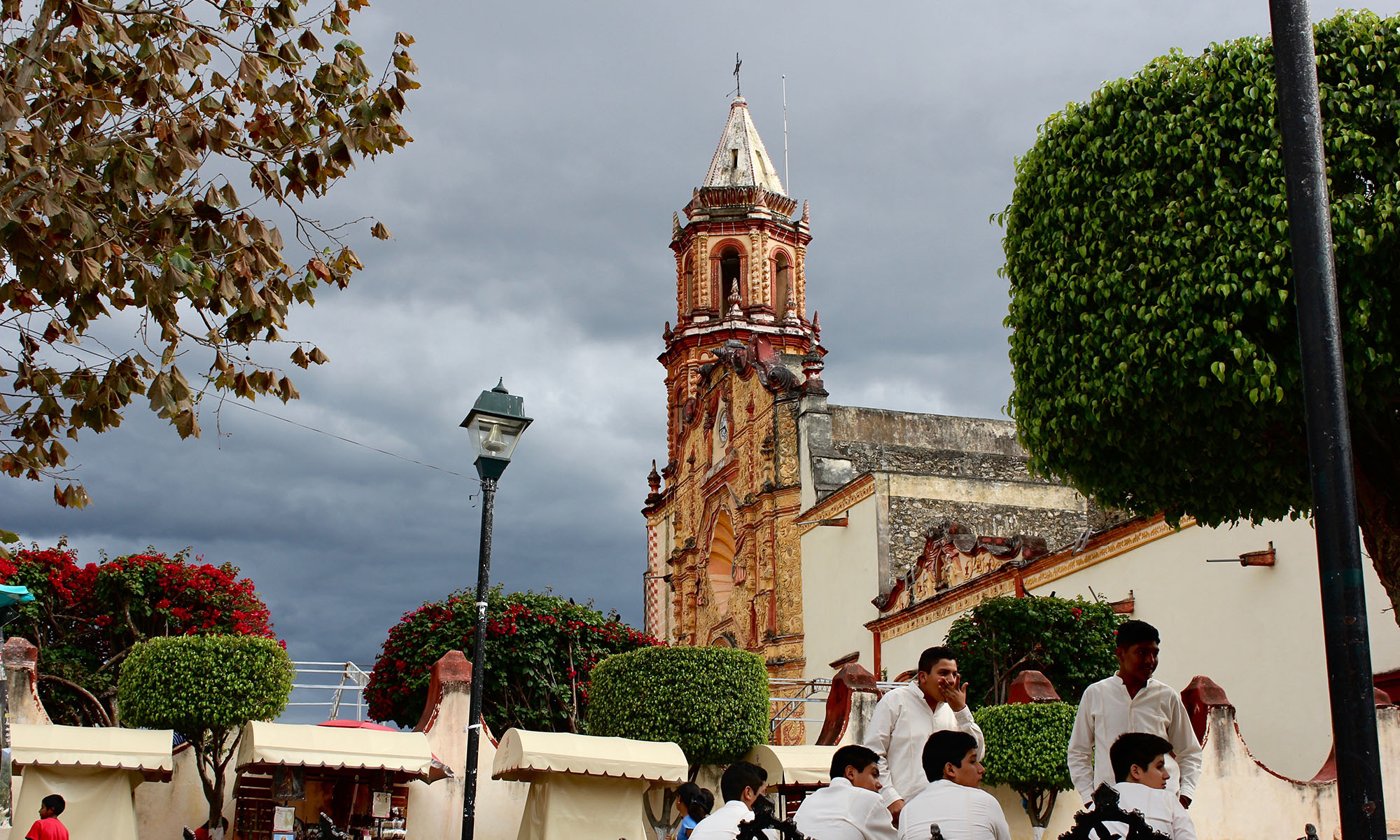
Jalpan is a the three-and-a-half-hour drive from the state capital of Queretaro. The road dips in and out of vast arid deserts, lush jungles and pine oak forests similar to those of the Rocky Mountains in the United States.
“The distance to Jalpan is both a good and bad thing because we know the people who decide to make the journey are the ones who are really interested in going,” said Lourdes Mora, the public relations director for Queretaro’s Secretary of Tourism, Hugo Burgos Garcia.
The only thing government officials, environmental activists, and locals agree on is that the reserve should not be completely unregulated or allowed to be overrun by tourists. Beyond that, there is a wide diversity of opinion about what should be allowed.
According to Mora, investors have taken an interest in making the region more accessible, offering plans for helicopter rides to bypass the long drive and upscale hotels for visitor. While these accommodations may entice more tourists, there is concern that such upgrades will detract from the unique culture of Jalpan, not to mention possible damage to the reserve. Still, local officials like Mora see the need for Jalpan to step up its game.
“We are not trying to turn Jalpan into a mini Queretaro city,” Mora said. “We want to keep the harmony of the place, but the service needs to be five-star.”
Along with questions about development, growth in ecotourism over last decade has presented a new set of challenges and opportunities.
One of those opportunities is the chance for the reserve’s local residents to earn more of their living from less environmentally damaging occupations.
“People here can make the same amount of money or more by focusing their attention on the special local resources,” said Roberto Pedraza Ruiz, co-founder of Grupo Ecologico and Pati Ruiz’s son.
Of the 100,000 or so residents dispersed throughout 700 rural communities in the Sierra Gorda, the average annual income is only $2,500, or about $6.85 per day.
Prior to the rise of tourism, most biosphere residents held jobs considered harmful to the environment such as logging, cattle farming and mining.
Organizations like Grupo Ecologico are working to convince locals that conservation will lead to economic benefits. That’s generally the motivation for locals to give up decades-old practices, experts say.
“The reason to protect the areas has to have an economic justification,” said Kelly Bricker, director of the parks, recreation and tourism department at the University of Utah. “If there’s not an economic reason to protect these areas, then it’s likely they won’t be protected.”
To those ends, members of Grupo Ecologico travel to rural communities, introducing locals to alternative business opportunities available to them in their own back yards.
And some, like Flavia Lunaand her family, have clearly benefited from the training. In 2008, Luna, along with four women in her family, attended a two-month long course on beekeeping. The class was one of a handful being offered at the time in the neighboring municipality of Arroyo Seco, about 45 minutes outside of Jalpan.
Within eight years, their single honeycomb box operation has grown to 42 boxes.
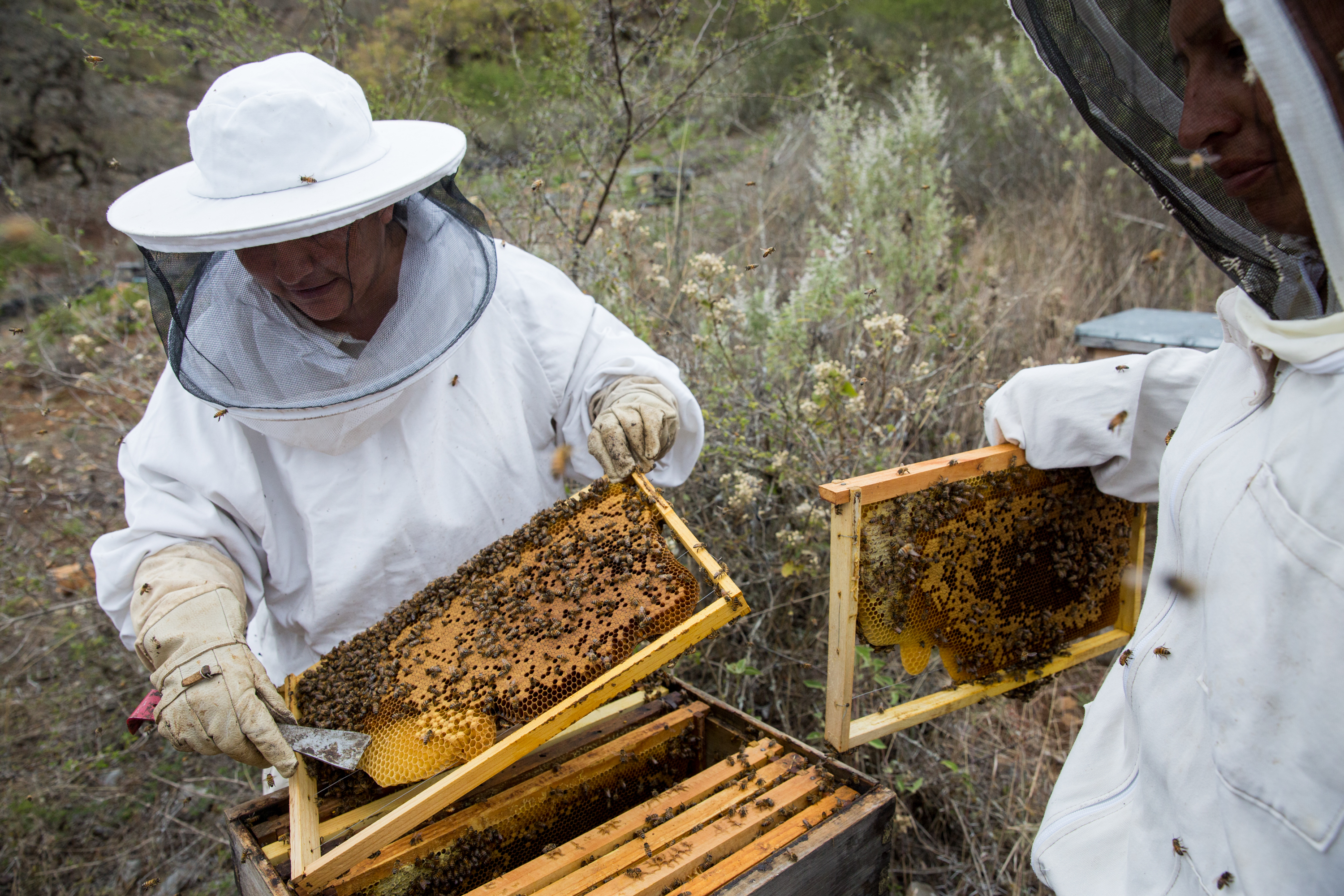
The family sells their product to tourists, businesses and residents within Jalpan and surrounding communities. Appropriately, the women named their operation La Miel es Vida, meaning “honey is life,” as the bee operation now supports their family of 15.
Before La Miel es Vida, the “five strong women,” as they have become known, worked in cattle-ranching and agriculture.
Grupo Ecologico has devoted decades to the development of ecotourism practices that are not damaging the environment. But turning ranchers and loggers into businessmen and women is no easy feat.
“You need to have a long-term commitment to work with these partners,” Roberto Pedraza says. “You also have to set the standards, teach them basic math and how to constantly improve their facilities without placing a debt on them.”
According to Pedraza, establishing a realistic timeline for the business startup is crucial. He said it takes about five years to lay the groundwork and provide education and mentorship for their partners.
Teaching locals business concepts is key to eventual success, experts say.
“Ideally, if we want local people to benefit and get something out of ecotourism, they have to know how to become business people,” says Kathleen Andereck, director of Community Resources and Development at Arizona State University.
After years of effort some of regions poorest now receive steady income and are recognizing the correlation between preservation and compensation.
The hope is that, well managed ecotourism in the biosphere can support entire communities, not just single families.
One example, and a long-term labor of love for Grupo Ecologico, is the rural community of San Juan de los Duran, where views of gran mountains and cloud forest laid the foundation for a cluster of eco-lodges.
Nearly 15 years ago, the community of 280 was approached with a business offer: allow the construction of cabins in exchange for pay to manage the property and its guests.
Within two years, the property was built. It consists of seven cabins complete with solar –powered lights, a recreation center, dining hall and an outdoor rain-fed swimming pool. At capacity, the cabins can hold 40 guests.
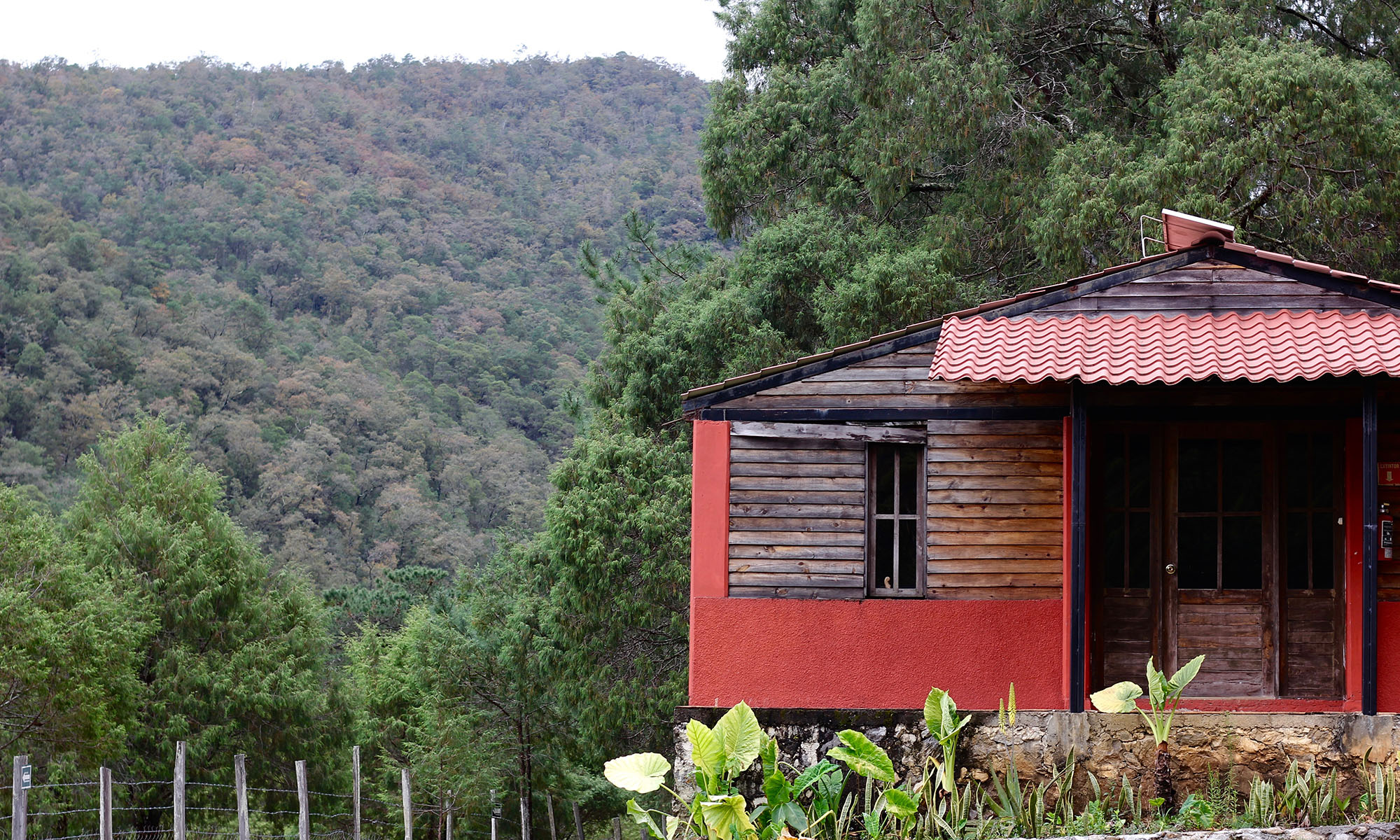
Head property manager, Primitivo Enriquez Hernandez, explains that the community’s duties include providing meals, maintaining the grounds and preparing the cabins before and after a guest’s stay. San Juan de Los Duran is paid directly as a community for their services, which members have decided to put towards large projects such as schooling. This year, they are saving for new water tanks to disperse throughout the village.
According to Pati Ruiz, San Juan de Los Duran is one of 26 locations offering eco-lodging in the biosphere. Overall, there are 83 micro-ecotourism enterprises, and counting.
“The extremely impoverished now own the natural capital,” says Ruiz. “They are gaining profit and that is the cherry on my cake.”
However, not all enterprises embrace the same standards for environmental protection.
“Unfortunately, you can go to a lot of different places and see the destruction that has happened because of ecotourism and poor planning, management and enforcement,” says Laura Perez-Arce, director of communications for Grupo Ecologico.
Adventure and mechanized tourism have become popular activities. About 30 minutes outside the quaint town of Pinal de Amoles at the Misión de Bucareli, “extreme tourism” attractions have exploded.
According to environmentalists, canyon rappelling has disturbed populations of rare macaws, lowering the migration numbers year after year. Zip lines stretch as far as 8 kilometers through once peaceful and untouched canopies. And all terrain vehicles trudge over forest floors and through river beds disturbing the habitats of aquatic wildlife.
“If this is what they are calling ‘ecotourism,’ then that’s what we are fighting,” said Bricker, the University of Utah professor.
Environmentalists contend that those activities don’t conform to the International Ecotourism Society’s definition of ecotourism: “Responsible travel to natural areas that conserves the environment, sustains the well-being of the local people, and involves interpretation and education of both staff and guests.”
They say ATV tours are the most damaging to the environment and don’t really help the local economy.
Most of the tours are day trips that start from the city. Due to the time restraint of the excursions, tourists sidestep hotels and shops on their way to places like the Misión de Bucareli where they consume food and drinks often brought with them from the city.
Mother and son Roberto Pedraza and Pati Ruiz, who have spent most of their lives in the biosphere, have witnessed more than a decade’s worth of these tours. Pedraza recalls his childhood spent playing in the rivers near Misión de Bucareli, but says returning now is “depressing” because of the obvious environmental damage.
Grupo Ecologico members have made their complaints known to the state secretary of tourism
Up until recently, the state government actually promoted four-wheeling activities in the biosphere. Perez-Arce claims as many as 400 four wheelers have been seen in the Pinal de Amoles area in a single weekend, but after numerous complaints by locals and environmental activists, ATV tours near river beds were pulled from the state’s offerings of tourist activities in the Sierra Gorda.
“Pati is a warrior,” Mora said, explaining Ruiz and other Grupo Ecologico activists usually go to the secretary of tourism’s office in Queretaro City once a month to voice concerns or offer suggestions.
Discontinuing the promotion of the ATV tours was an important step in the development of true ecotourism, the environmentalists say. But there are still no federal or state government regulations restricting or regulating the practice.
Grupo Ecologico leaders contend that ATV tours can be environmentally sensitive. They point to Aventurate, an ATV company based in Jalpan, where they say owners Osiris Olvera Olvera and Marcelo Benitez Trejo have made environmental preservation the basis for their company’s decisions.
[ insert pic 8/9, ATV’s and trail ]Tours offered range from night-time star gazing rides to trips into nearby mountains. Tourists are taken down designated ATV trails that are strategically out of ear shot from Jalpan and avoid crossing any source of water. Most importantly, Aventurate limits tour sizes to around a dozen people.
Pati Ruiz believes some progress is being made to both preserve the Sierra Gorda and help the region’s residents but acknowledges there is much more to do both through groups like hers and through government-established standards.
“We do as much as we can, but I wish we could do more,” Ruiz Corzo said.
A network of strategically placed agro-industrial parks could be the key to Mexico’s future economy.
Buffett student projects include: Hungary: Europe's Borderland | Nicaragua: Channeling the Future | Chiapas: State of Revolution | Two Borders | Puerto Rico: Unsettled Territory | Stateless in the Dominican Republic | South Africa: At the Crossroads of Hate and Hope | South Africa Documentary | Borderlands Photo Essays | Divided Families (PDF) | Divided Families Documentary | Children of the Borderlands | South Africa Project
Cronkite News is the news division of Arizona PBS. The daily news products are produced by the Walter Cronkite School of Journalism and Mass Communication at Arizona State University.